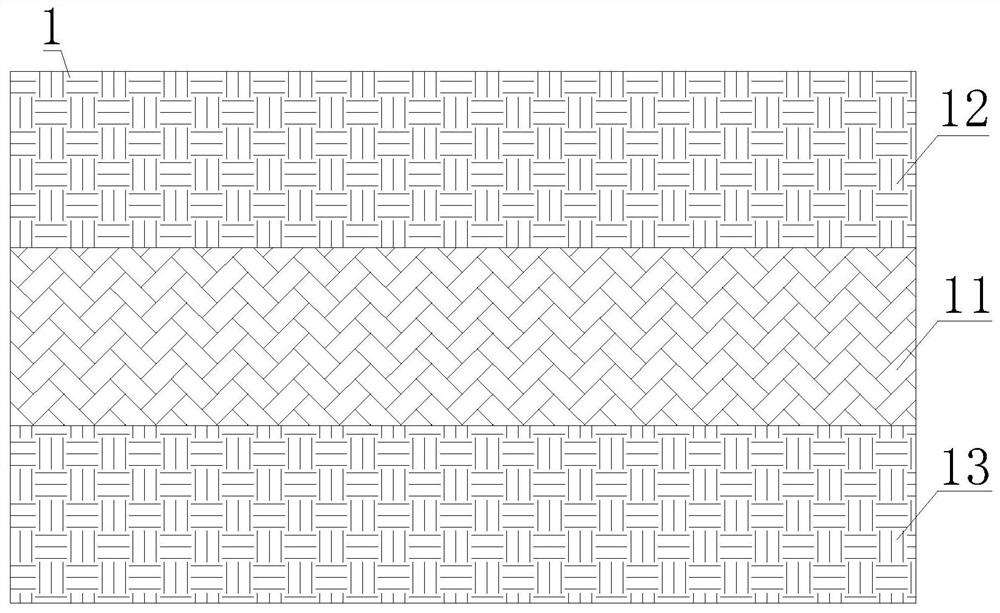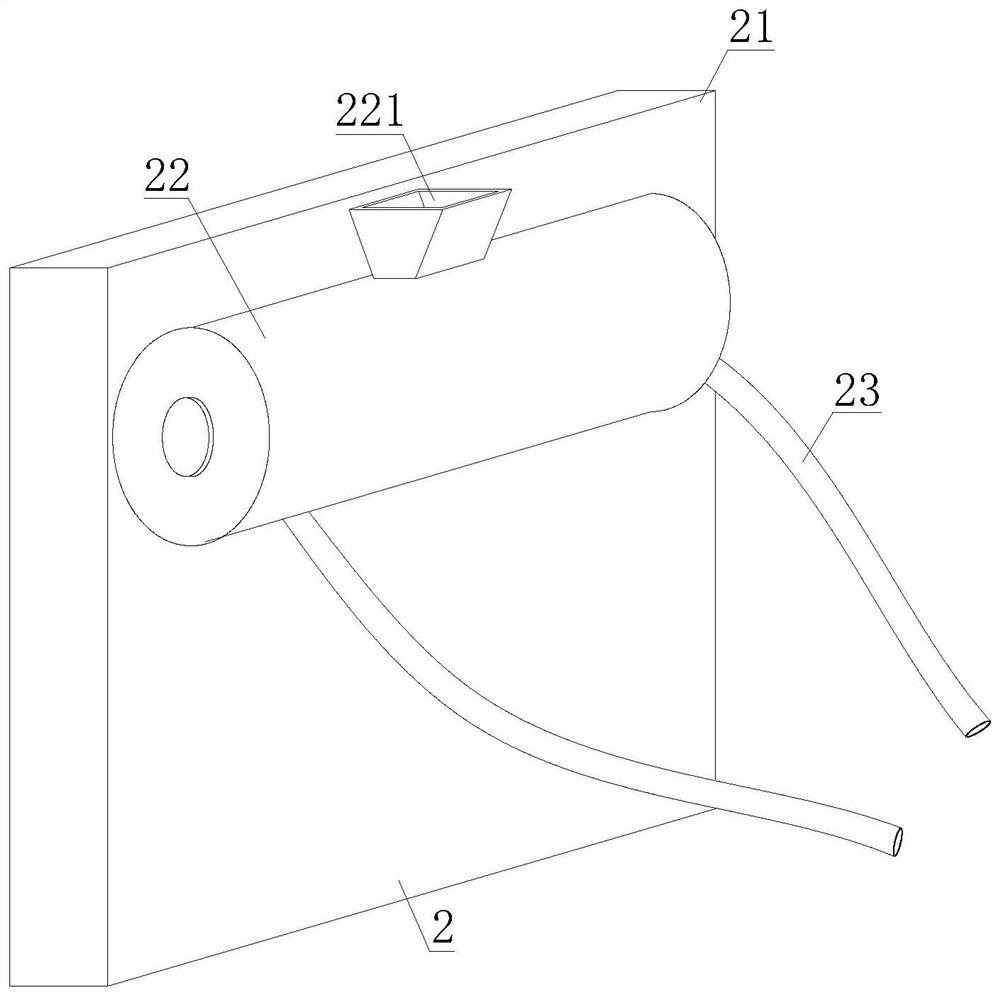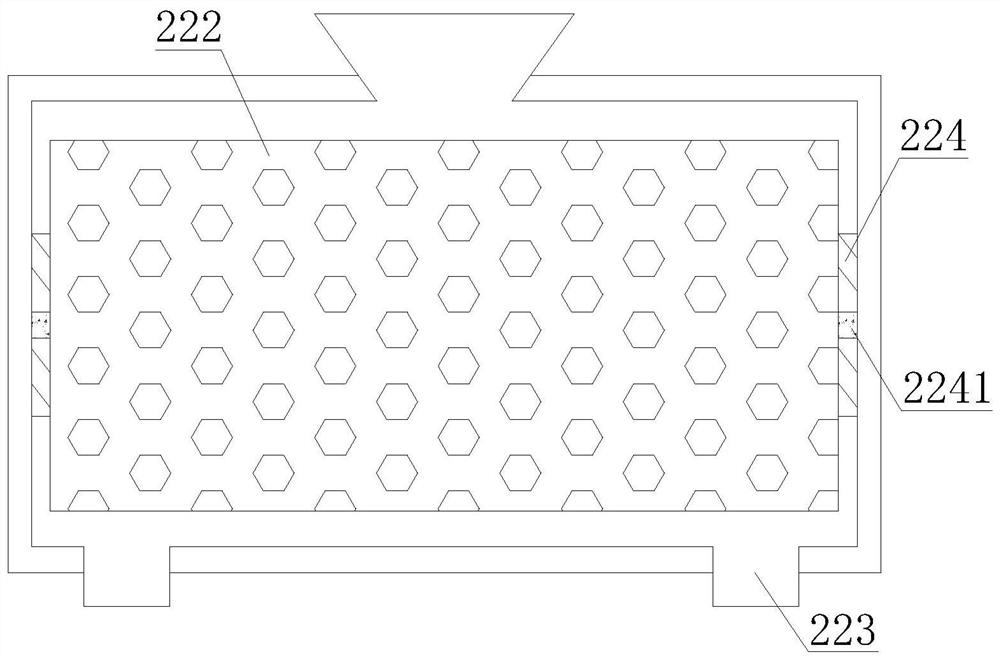A kind of ecological composite polypropylene non-woven fabric for agriculture and gardening and its production line
A composite polypropylene, agricultural and horticultural technology, which is applied in the field of agricultural and horticultural ecological composite polypropylene non-woven fabrics and its production line, can solve the problems of uneven melting of mixed materials, affecting work efficiency, affecting the processing process, etc., and achieves improved melting efficiency , Improve processing efficiency and reduce work intensity
- Summary
- Abstract
- Description
- Claims
- Application Information
AI Technical Summary
Problems solved by technology
Method used
Image
Examples
Embodiment Construction
[0038] The following will clearly and completely describe the technical solutions in the embodiments of the present invention with reference to the accompanying drawings in the embodiments of the present invention. Obviously, the described embodiments are only some, not all, embodiments of the present invention. Based on the embodiments of the present invention, all other embodiments obtained by persons of ordinary skill in the art without making creative efforts belong to the protection scope of the present invention.
[0039] refer to figure 1 , an ecological composite polypropylene non-woven fabric for agriculture and gardening, comprising a cloth body 1, the cloth body 1 includes a flame-retardant layer 11, a base layer A12 and a base layer B13, and the flame-retardant layer 11 is arranged between the base layer A12 and the base layer B13 Between, and the base layer A12 and the base layer B13 are members made of a polypropylene material, and the flame-retardant layer 11 is...
PUM
 Login to View More
Login to View More Abstract
Description
Claims
Application Information
 Login to View More
Login to View More - R&D Engineer
- R&D Manager
- IP Professional
- Industry Leading Data Capabilities
- Powerful AI technology
- Patent DNA Extraction
Browse by: Latest US Patents, China's latest patents, Technical Efficacy Thesaurus, Application Domain, Technology Topic, Popular Technical Reports.
© 2024 PatSnap. All rights reserved.Legal|Privacy policy|Modern Slavery Act Transparency Statement|Sitemap|About US| Contact US: help@patsnap.com










